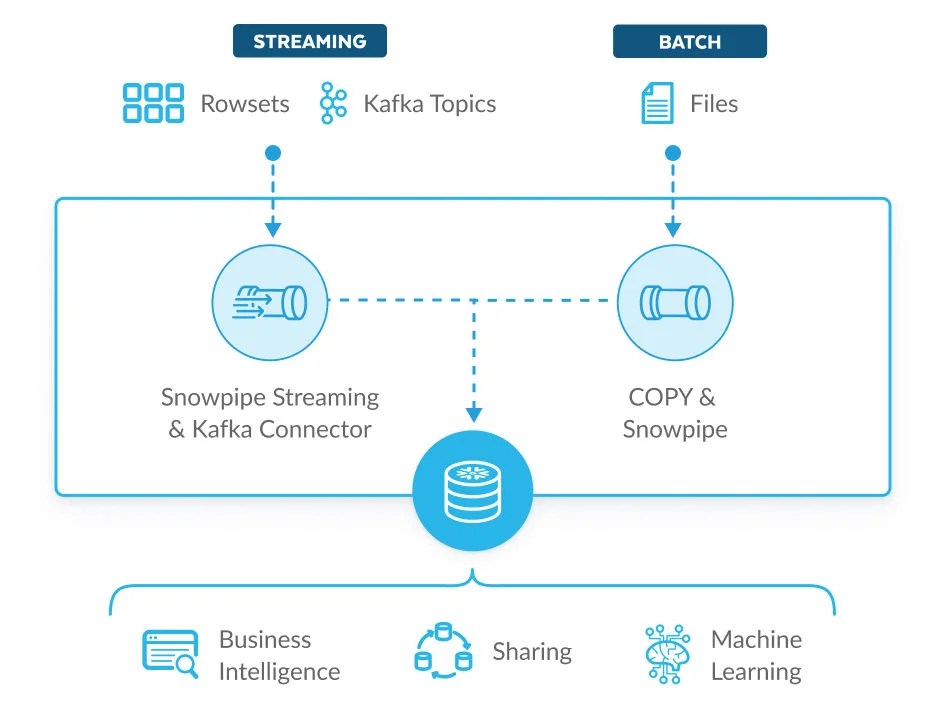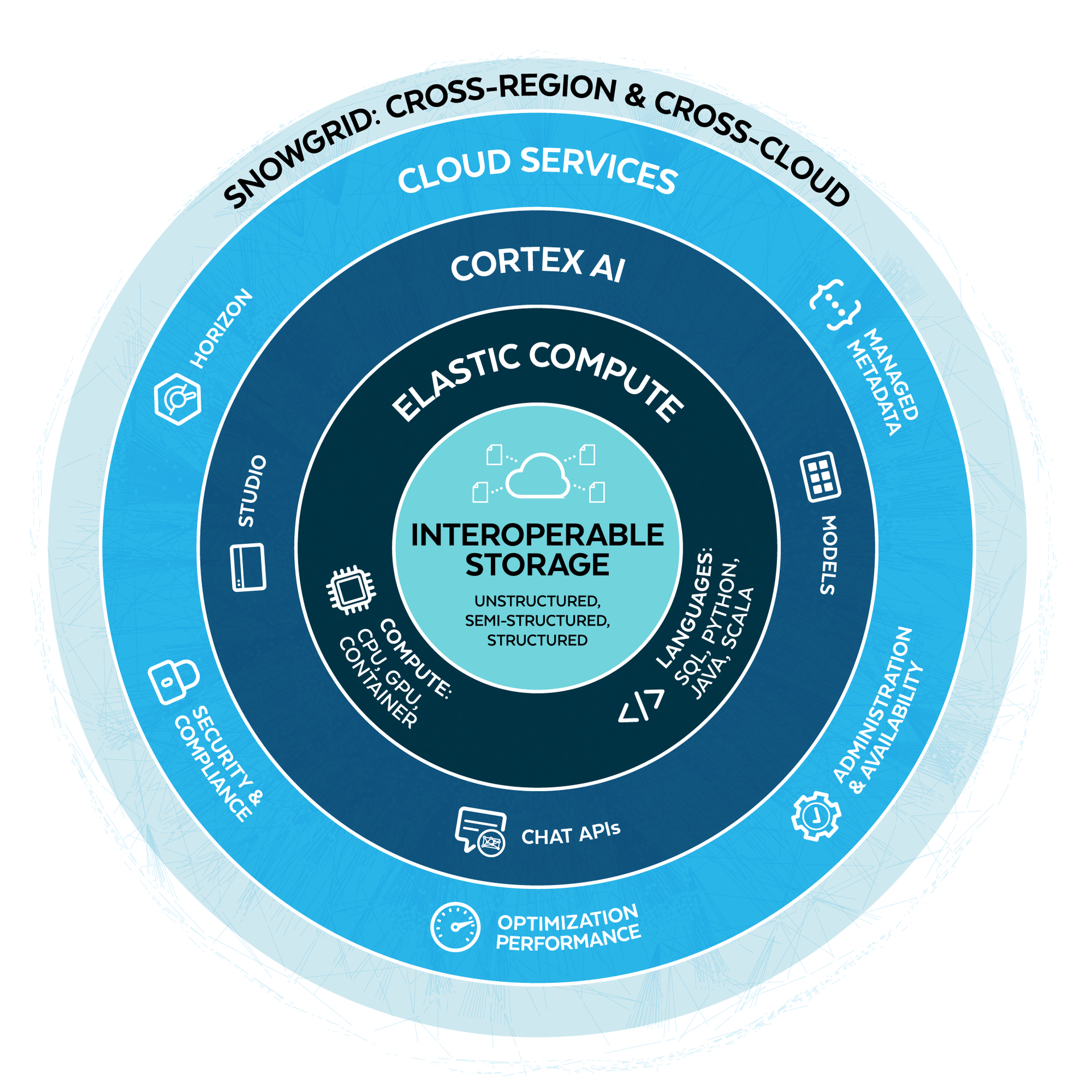Snowflake is a cloud-based data warehousing platform that is known for its flexibility, scalability, and performance. Snowflake is one of the most used enterprise solutions due its unique architecture that separates compute and storage.
Some key features and advantages it offers are:
Fully-managed: No need to handle the maintenance and administration of your own data infrastructure. Snowflake will handle it.
Architecture: Snowflake's architecture allows users to scale each resource independently. It enables Snowflake to handle large volumes of data while maintaining high performance.
Concurrency: Snowflake supports high levels of concurrency, allowing multiple users to access and query data simultaneously without impacting performance.
Simplicity: Snowflake is designed to be easy to use, with a SQL-based interface that is familiar to many data professionals. It also abstracts away much of the complexity of traditional data warehousing systems, making it easier to manage and maintain.
Security: Robust security features, including data encryption, role-based access control, and audit logging. This makes it suitable for handling sensitive data and compliance requirements.
Cost-effectiveness: With a pay-as-you-go pricing model, it allows users to pay only for the resources they use. Additionally, its ability to scale resources dynamically helps optimize costs by avoiding over-provisioning.

Snowflake Core
Snowflake architecture can be described in 4 core components:
Interoperable Storage: Snowflake is capable of integrate and work seamlessly with data stored in external cloud storage platforms, such as Amazon S3, Google Cloud Storage, and Microsoft Azure Blob Storage. It allows users to leverage Snowflake's compute and query processing capabilities while still maintaining their data in their preferred cloud storage environment.
Elastic Compute: Dynamically scale compute resources up or down based on the workload demands of users. In Snowflake, compute resources are organized into units called virtual warehouses. A virtual warehouse is essentially a cluster of compute resources that are allocated to execute queries and perform computations on the data stored in Snowflake
Cortex AI: A new service designed to unlock the potential of AI technology for everyone within an organization, regardless of their technical expertise. It provides access to industry-leading large language models (LLMs), enabling users to easily build and deploy AI-powered applications.
Cloud Services: As a fully-managed platform, Snowflake
